KNOWLEDGEHUB
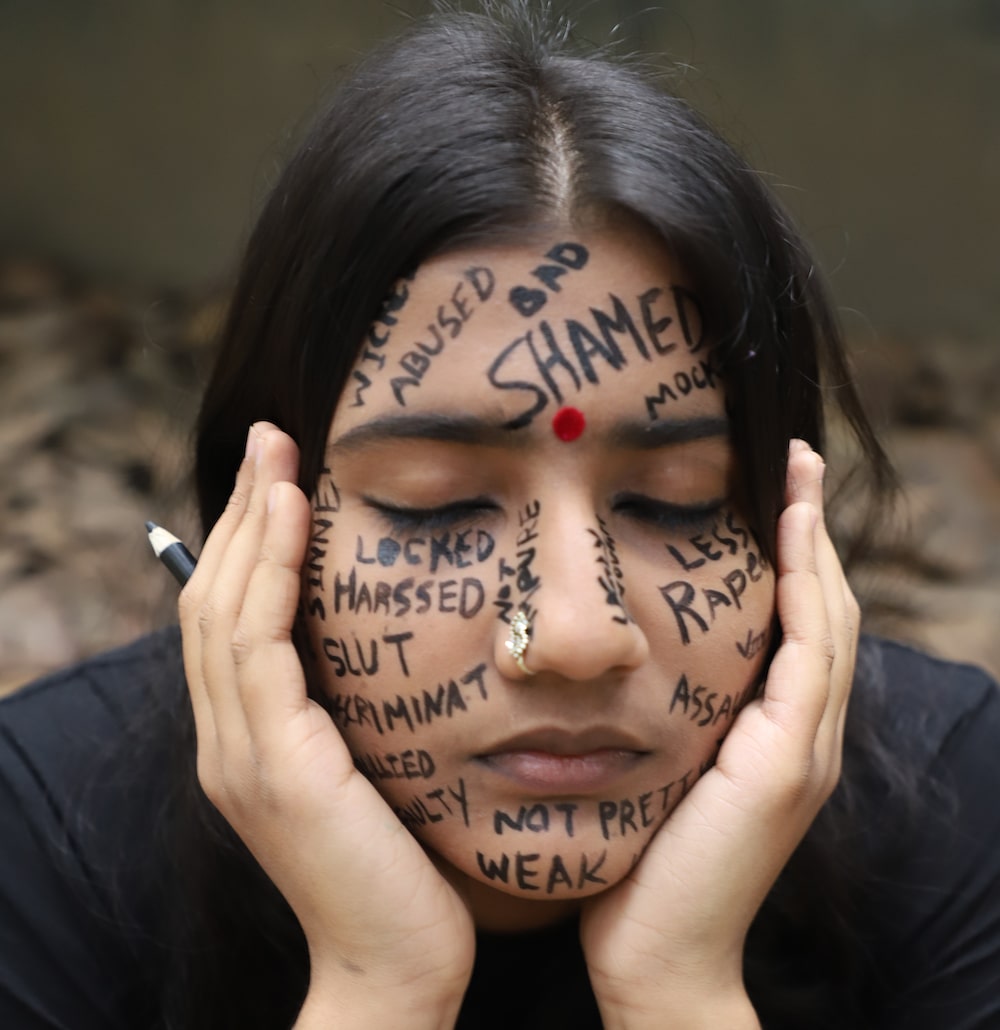
Global Evidence Overviews
The past 20 years have seen an enormous increase in the number and range of interventions developed and…
Finding Good Data
Rates of violence vary widely from country to country, region to region, and community to community.
Intimate Partner Violence
Physical, sexual, economic, and/or psychological abuse by a current or former spouse or intimate partner are all forms…
Violence against Children at Home
Every year, approximately three-quarters of the world’s children experience some form of violence.
Intersections of Violence against Women and Violence against Children
In the home, violence against women (VAW) and violence against children (VAC) intersect in multiple ways.
Violence against Adolescent Girls
Adolescent girls are particularly vulnerable to violence. They continue to face the same violence that younger children do—such…
VIOLENCE AGAINST LGBTQI+ PEOPLE
Around the world, lesbian, gay, bisexual, transgender, queer, and intersex people (LGBTQI+) experience high rates of violence, often…
Violence against Women with Disabilities
Research from low- and middle-income countries suggests that women with disabilities are twice as likely to experience intimate…
Child, Early, and Forced Marriage
Each year, 12 million girls around the world are married before the age of 18.
Sexual Harassment
Unwelcome sexual behaviour that is offensive, humiliating, or intimidating can be written, verbal, or physical, and it can…
Technology-Facilitated Gender-Based Violence (TFGBV)
Technology-facilitated gender-based violence (TFGBV), also known as online violence, cyber or digital violence, refers to any act of…
VIOLENCE AGAINST WOMEN AND GIRLS IN CONFLICT AND HUMANITARIAN SETTINGS
Violence against women and girls (VAWG) is exacerbated in humanitarian emergencies due to a variety of factors, including:…
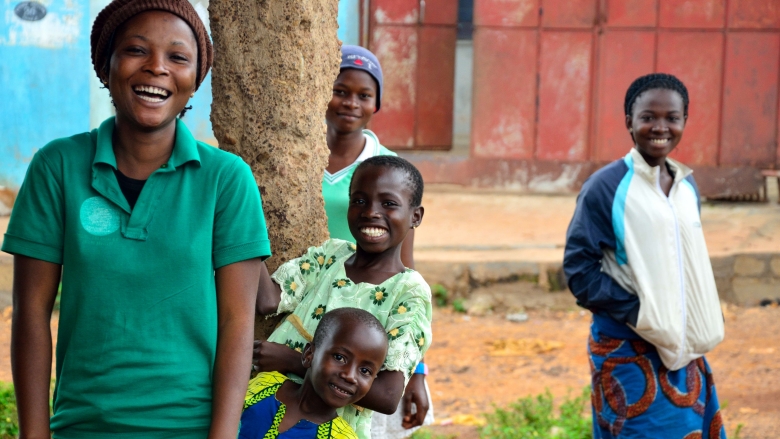
Legislating to Prevent Violence against Children: Corporal Punishment Bans Are Necessary but Not Enough
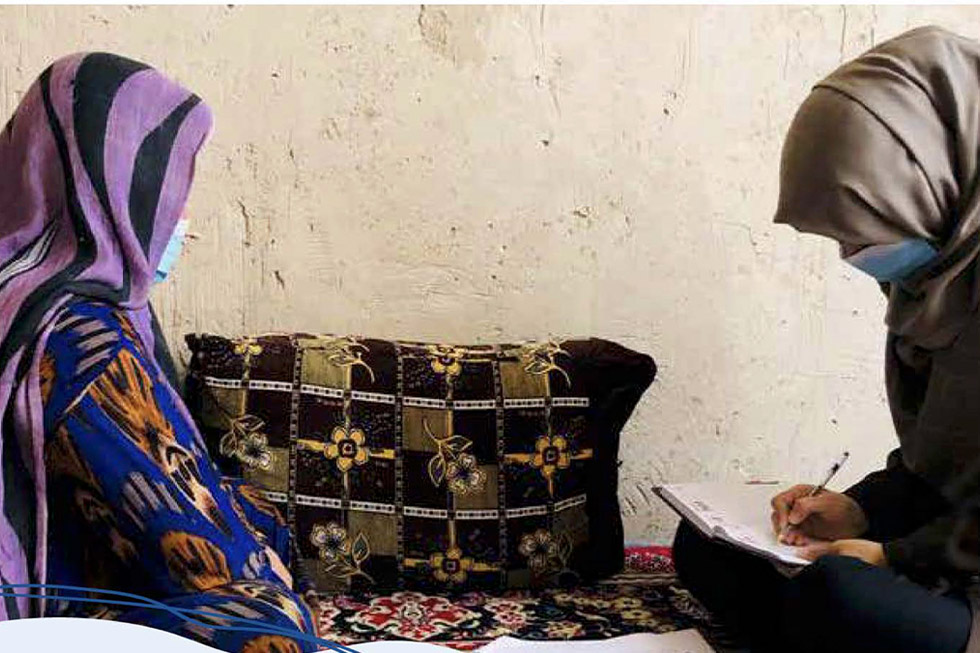
Finding Ways and Means to Deliver Gender-Based Violence Programming in Hostile Environments
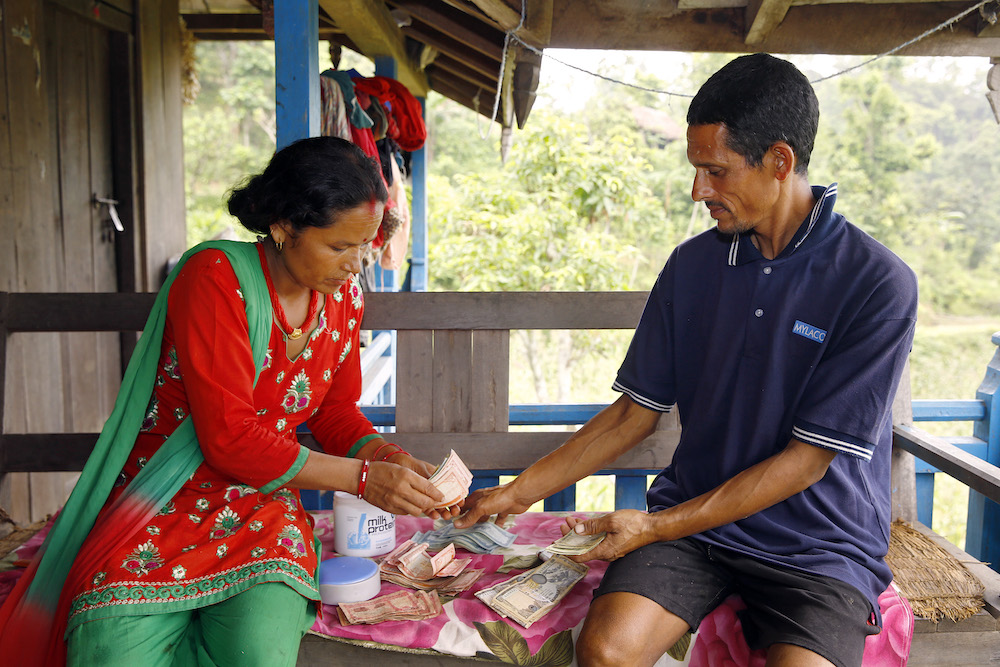
Effectiveness of community mobilisation and group-based interventions for preventing IPV against women in low- and middle-income countries

Ending Violence Against LGBTQI+ People
Read the full report here
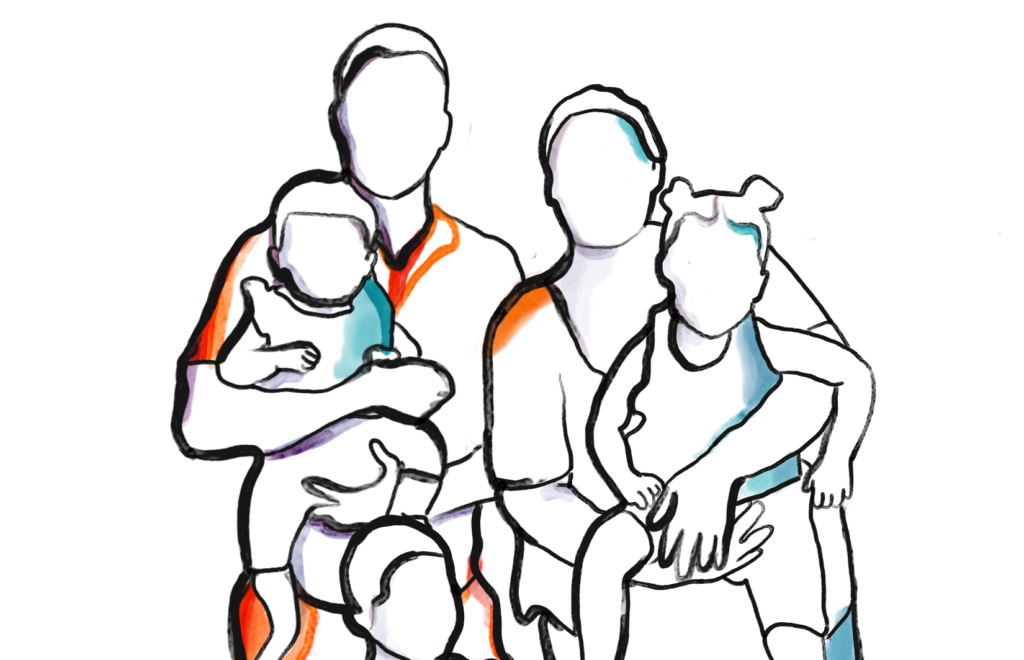
Video
Preventing Violence in the Home
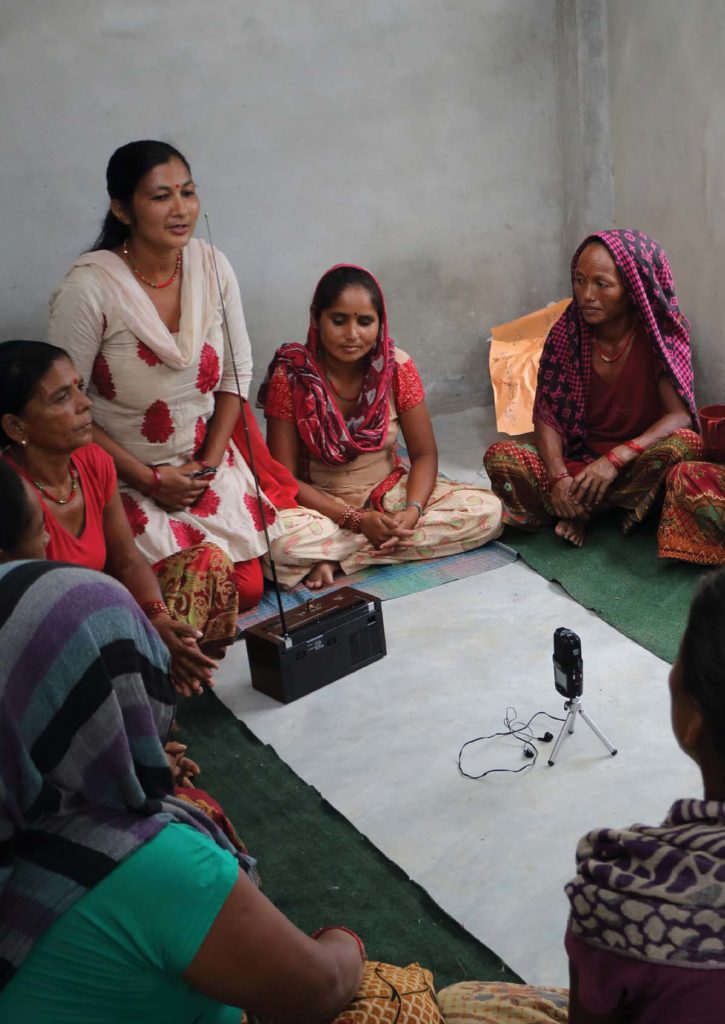
Preventing Violence against Women and Girls with Disabilities in LMICs
FEATURED RESOURCES
